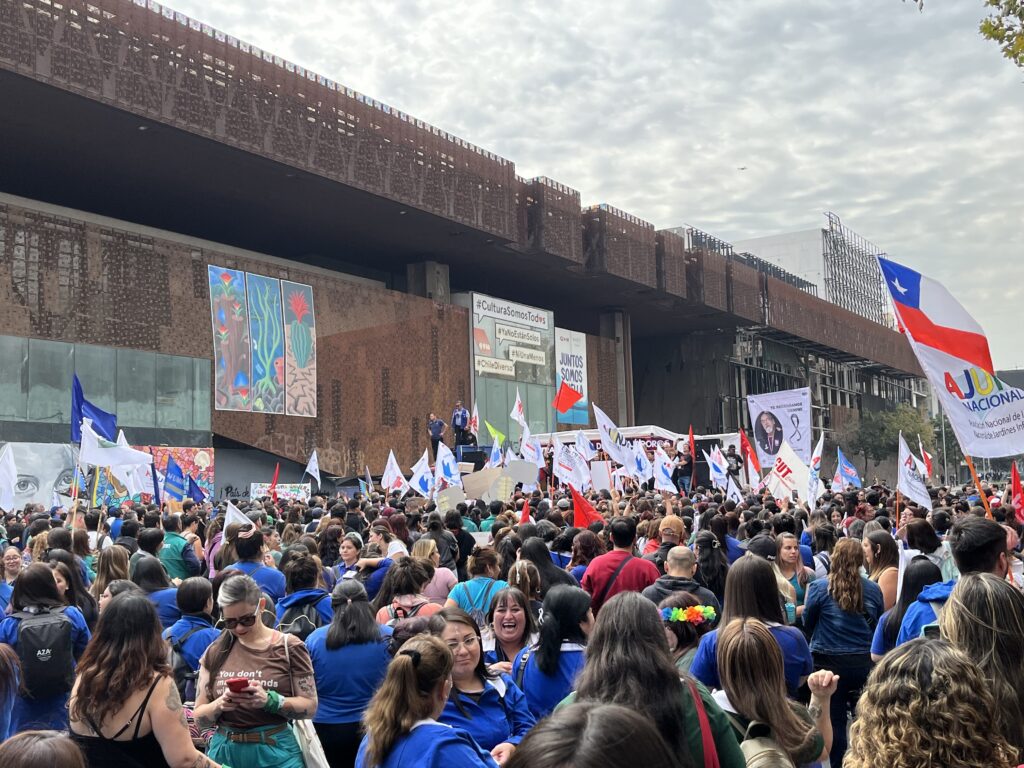
Where does better or worse regulation come from? At a time when financial crises are growing more frequent and more spectacular around the world, this question has only become more important. The quality and efficacy of economic regulation is also something that varies across time and place. Understanding the source of this variation holds important lessons for effective regulatory design for those who are willing to pay attention.
In my recent book, Visions of Financial Order, I offer new insight into the origins of regulatory success and failure by explaining the divergent development of banking regulation in three countries that were supposed to be following the same international regulatory rules—the U.S., Canada, and Spain—in the decades leading up to the 2008 global financial crisis. I show that in each country, banking regulators made different choices in key areas that directly impacted how banks experienced the crisis.
Continue Reading…








